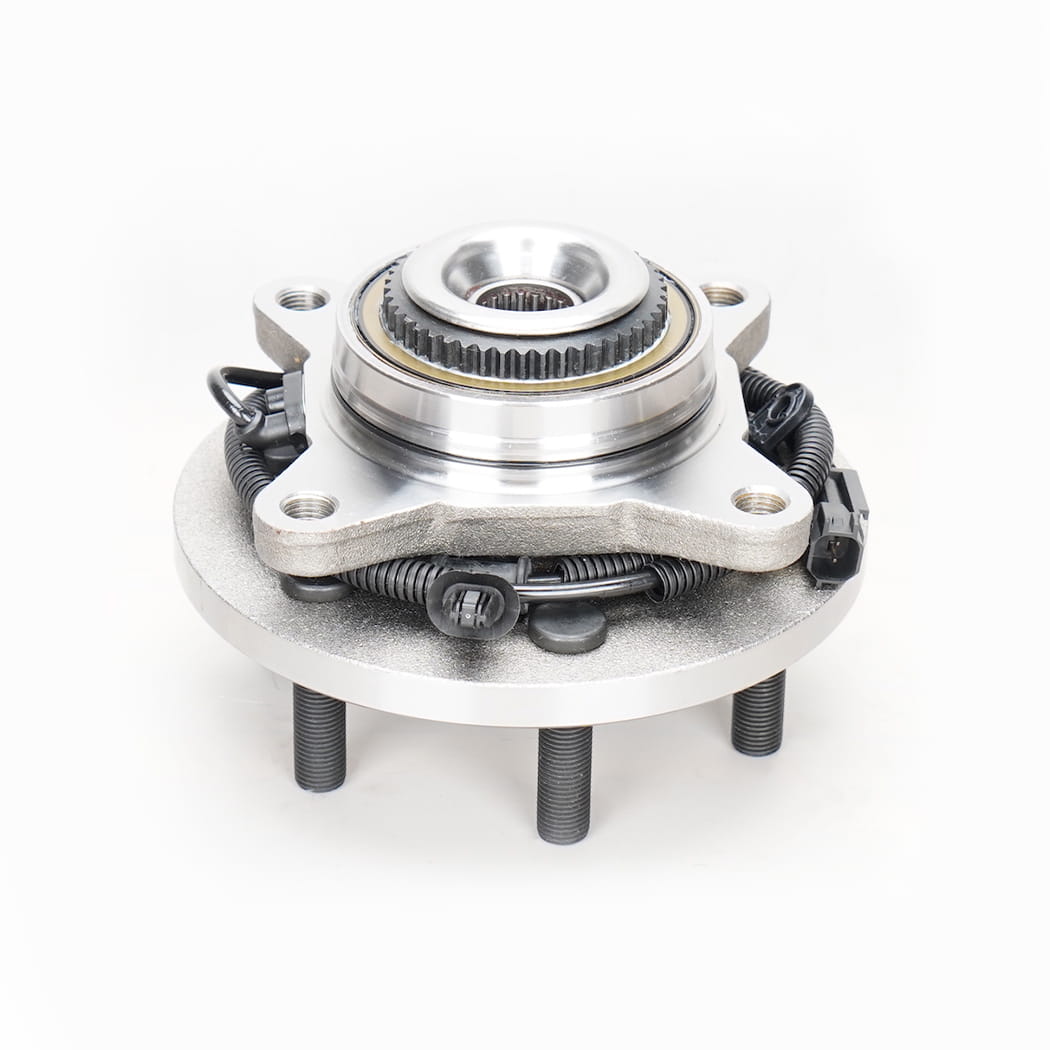A Vehicle Wheel Bearings Unit is a critical component of any car, and it's essential for a smooth, safe ride. It's an assembly that allows the wheel to spin freely with minimal friction, supporting the weight of the vehicle and connecting the wheel to the suspension system. While many people are familiar with individual wheel bearings, a complete unit integrates the bearing, hub, and sometimes even the ABS sensor into a single, pre-assembled part. This design makes installation simpler and more reliable than assembling the components individually.
The primary function of a Vehicle Wheel Bearings Unit is to allow the wheel to rotate smoothly and efficiently while handling the significant radial and axial loads placed on it. Radial loads come from the weight of the car pushing down, while axial loads are created when turning corners. A faulty wheel bearing unit can lead to serious problems. The most common signs of a failing unit are a grinding or humming noise that gets louder with speed, excessive wheel play, or a vibrating steering wheel. Ignoring these symptoms can lead to catastrophic failure, causing the wheel to lock up or detach from the vehicle, which is an extremely dangerous situation.

There are different types of wheel bearing units, but the most common are:
Generation 1: These are the earliest form of hub bearings. They are often a separate bearing and hub, which are pressed together during installation.
Generation 2: This design integrates the bearing and hub into a single, sealed unit, making it easier to install and more durable. This is a very common type of Vehicle Wheel Bearings Unit.
Generation 3: This is the most modern and common type of hub bearing used in many new vehicles. It combines the hub, bearing, and flange into a single, pre-assembled unit, which often includes a built-in ABS sensor. This design offers maximum reliability and a simpler installation process.
The technology within a Vehicle Wheel Bearings Unit has advanced significantly. Modern units are sealed and pre-lubricated, meaning they require no maintenance. They are designed to last for tens of thousands of miles under normal driving conditions. The seals keep out moisture and contaminants, which are a leading cause of bearing failure.
When replacing a Vehicle Wheel Bearings Unit, the quality of the part is paramount. Using a cheap or low-quality unit may save money initially, but it can lead to premature failure and more expensive repairs down the road. High-quality units from reputable manufacturers are made with hardened steel and precision-engineered components, ensuring a long service life and reliable performance. They are also rigorously tested to meet or exceed OEM (Original Equipment Manufacturer) specifications, giving you peace of mind and confidence in your vehicle's safety.
In conclusion, the Vehicle Wheel Bearings Unit is a small but mighty component that plays a huge role in your car's safety and performance. Understanding its function and the importance of using a quality replacement can help you maintain your vehicle and ensure a smooth, secure ride for years to come.